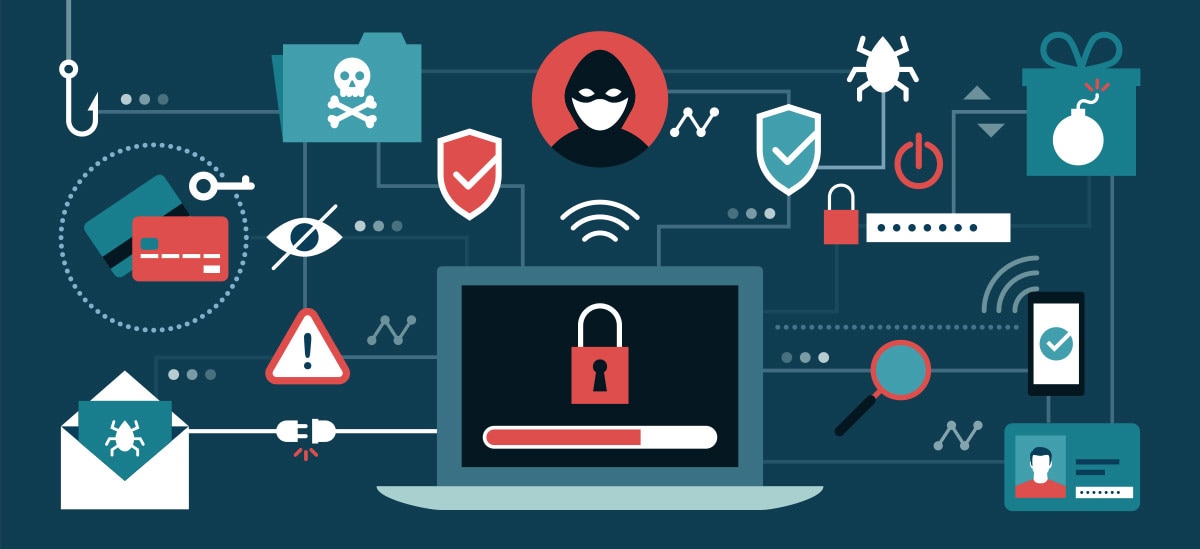
Investment in non-fungible tokens (NFTs) has grown so aggressively since 2020 — from $13.7 million in sales the first half of 2020 to $2.5 billion in the first half of 20211 — that it may make you wonder how they have become so popular and why some investors are willing to spend thousands or even millions on a single NFT.
Here’s a brief rundown on what NFTs are, why some people choose to invest in them, and what risks they may pose to investors and the environment.
What Is an NFT?
In understanding what a non-fungible token is, it’s important to first understand the meaning of non-fungible. Since fungible describes something that can be evenly exchanged for a similar something, non-fungible describes something unique, which cannot be swapped out one-forone. When you buy a cup of coffee, you can choose to pay with any of the dollar bills in your pocket, because dollar bills are fungible. If you own an original painting, however, it is one of a kind, or non-fungible.
In fact, digital art is the focus of a lot of current NFT trading, although NFTs can be made for anything digital — a gif, jpeg, tweet or YouTube video, for example. The NFT itself is a unit of data that provides proof of ownership. You could think of it as a certificate of authenticity that verifies a particular person owns certain rights to that unique digital asset. This certificate is stored on a blockchain, a publicly accessible digital ledger of transactions that allows anyone to see who owns a particular NFT.
NFTs are bought and sold on a variety of online exchanges, where people can place bids or sometimes buy NFTs outright. Purchases are typically made in cryptocurrency, often ether, since many of the NFT platforms are part of the Ethereum blockchain.
Why People Invest in NFTs
It’s important to note that buying an NFT is not the same as buying the actual asset it’s tied to. Typically, the creator of the digital asset represented by the NFT retains the creative rights to the piece, including the copyright. The NFT owner has certain limited usage rights but doesn’t own the asset. So they might buy the NFT of a certain digital illustration, but that doesn’t necessarily mean it’s taken out of circulation. People can still see it and download it as many times as they want. For example, although a buyer purchased the NFT of the 2007 “Charlie Bit Me” video for about $761,000 in May 2021, the video is still accessible to the public through YouTube.2
You might be asking yourself, “Why would anyone want to spend hundreds, thousands, millions — or any amount at all — on a video they can watch as many times as they want for free?” Good question. NFT investors may be motivated by speculation, believing that the value of the NFTs they are buying today will increase and that they will be able to sell them for more than they paid. Or they may be inspired by the cultural significance of certain NFTs, looking to own a piece of history. For example, one buyer paid $2.9 million in March 2021 to own the NFT of the first-ever tweet, uploaded in 2006 by Twitter founder and CEO Jack Dorsey.3 Still others are art enthusiasts who see NFTs as an evolutionary landmark in art investing and want to get in on the ground floor.
The Potential Risks of NFT Investing
As with any speculative investment, the investor takes on a certain amount of risk. An NFT’s value may rise or fall in the marketplace, and the current owner may or may not find interested buyers at the time they choose to sell their investment. Also, the surge in NFT activity in 2020 and 2021 has some investment pundits wondering whether NFT investment is a passing fad or here to stay.
And the possibility of losing money isn’t the only potential negative associated with NFTs. The large amount of electricity needed to process, verify and regulate cryptocurrency transactions has triggered environmental concerns among the artists selling NFTs, as well as the investors buying them, and the broader public.
For these reasons, the future of NFT investing is uncertain. But in this moment, it continues to capture the interest of investors and art enthusiasts around the world.







